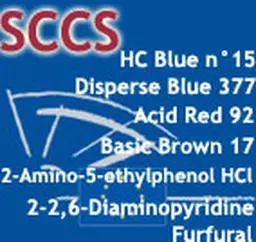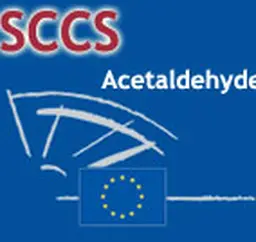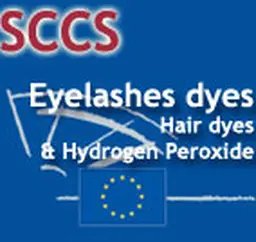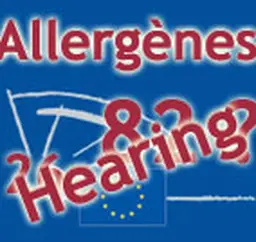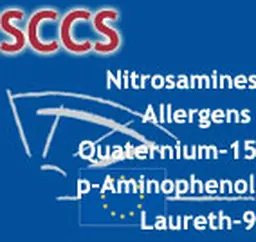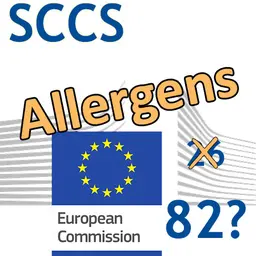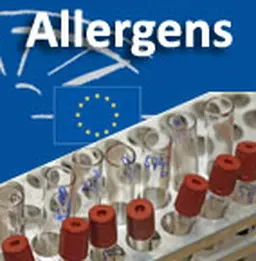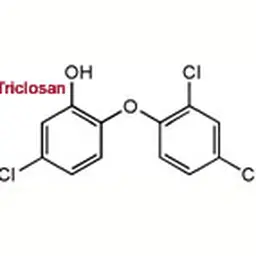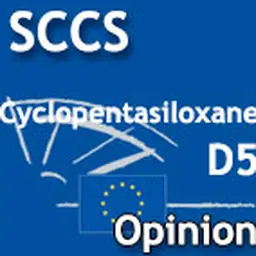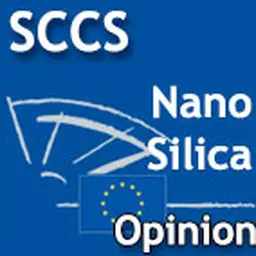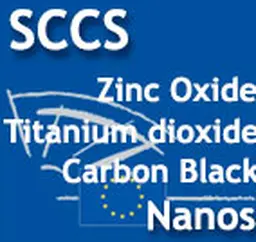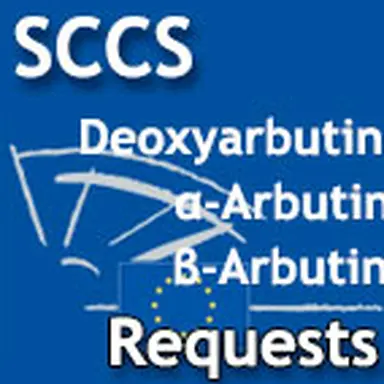
Deoxyarbutin, α-Arbutin, β-Arbutin: the safety of these three cosmectic depigmentating and skin bleaching agents will be evaluated by the SCCS. The request from the European Commission was published on 26 March 2015. The problem is that these three substances may release or transform in hydroquinone, banned in cosmetic products in Europe.
Deoxyarbutin
Backgroud
Deoxyarbutin CAS n. 53936-56-4 (4-[(tetrahydro-2H-pyran-2-yl)oxy]phenol) with INCI name Tetrahydropyranyloxy Phenol is a skin lightening agent synthesised through removal of hydroxyl groups from the glucose side-chain of β-Arbutin.
In the first opinion (SCCP/1158/08) on β-Arbutin adopted on 15th April 2008 the SCCP raised concerns with other substances resulting in the release and/or formation of hydroquinone.
However, Hydroquinone (CAS 123-31-9) is listed in Annex II/1339 of the Cosmetic Regulation No 1223/2009; therefore it is banned as cosmetic ingredient with the exception of entry 14 in Annex III. It is only permitted for professional use in artificial nail systems in a concentration in the final product up to 0.02%. Since Hydroquinone could not be used as a skin whitener after introduction of a ban, other substances have been used for that purpose, including Arbutin.
A dossier on the related substance, Deoxyarbutin, was submitted to the European Commission by Girindius AG in 2008.
Questions to SCCS
1. Does the SCCS consider on the basis of the provided scientific data, the use of deoxyarbutin to be safe for consumers in cosmetic products in a concentration up to 3% in face creams?
2. Does the SCCS have any further scientific concerns with regard to the use of deoxyarbutin in cosmetic products?
Further information
• Full text of
Request for a scientific opinion: Deoxyarbutin CAS n. 53936-56-4 with INCI name Tetrahydropyranyloxy Phenol
.
α-Arbutin
Backgroud
α-Arbutin INCI name alpha-Arbutin (CAS 84380-01-8; EC 283-934-3) with the chemical name 4-Hydroxyphenyl-alpha-D-glucopyranoside is a cosmetic ingredient that is not regulated under Cosmetic Regulation No 1223/2009. It is used as antioxidant, for skin bleaching and skin conditioning.
The structurally related compound beta-Arbutin (CAS 497-76-7) is also used as a depigmentating agent in cosmetic products. The safety of beta-Arbutin has been assessed previously (SCCP/1158/08); its effect seems to be due to the fact that it hydrolyses to Hydroquinone. However, Hydroquinone (CAS 123-31-9) is listed in Annex II/1339 of the Cosmetic Regulation No 1223/2009. It means it is banned as cosmetic ingredient with the exception of entry 14 in Annex III. Its permitted use is restricted to professional use in artificial nail systems in a concentration in the final product up to 0.02%. Since Hydroquinone could not be used as a skin whitener after introduction of a ban, other substances have been used for that purpose, including alpha-Arbutin and beta-Arbutin.
As the SCCP opinion (SCCP/1158/08) stated concerns with other substances resulting in the release and/or formation of hydroquinone, a safety assessment of alpha-Arbutin (CAS 84380-01-8; EC 283-934-3) has been considered as necessary.
A Dossier on alpha-Arbutin was submitted in January 2011 in response to the EU Commission's Call for Scientific Data on alpha-Arbutin published in November 2010.
Questions to SCCS
1. Does the SCCS consider on the basis of the provided scientific data, the use of α-Arbutin to be safe for consumers in cosmetic products in a concentration up to 2% in face creams and up to 0.5 % in body lotions?
2. Does the SCCS have any further scientific concerns with regard to the use of α-Arbutin in cosmetic products?
β-Arbutin
Backgroud
Submission I for β-Arbutin (CAS 497-76-7; EC 207-850-3) with the chemical name 4-hydroxyphenyl-β-D-glucopyranoside and the INCI name Arbutin was submitted in July 2005 by COLIPA.
The effect of Arbutin seems to be due to the fact that it hydrolyses to Hydroquinone. However, Hydroquinone (CAS 123-31-9) is listed in Annex II/1339 of the Cosmetic Regulation No 1223/2009; it means it is banned as cosmetic ingredient with the exception of entry 14 in Annex III. Its permitted use is restricted to professional use in artificial nail systems in a concentration in the final product up to 0.02%. Since Hydroquinone could not be used as a skin whitener after introduction of a ban, other substances have been used for that purpose, including Arbutin.
The first opinion (SCCP/1158/08) on beta-Arbutin was adopted the 15 April 2008 with the conclusion: '
Although the general toxicological assessment of β-Arbutin suggests that the substance may be safe, the bioavailability of hydroquinone under conditions of intended use of the substance is of concern. Whereas hydroquinone was initially permitted at a concentration of 2%, a 1998 opinion of the SCCNFP recommended that the substance should not be used any more as a depigmentating agent in cosmetic products due to observed clinical side effects, among which exogenous ochronosis. Consequently, the SCCP considers the currently requested use of β-Arbutin in cosmetic products unsafe. In addition, it is the opinion of the SCCP that the same concern can be expressed for other products that result in the release and/or formation of hydroquinone before or upon application on the skin.'
The substance is used as a chemical ingredient alone and as a component of plant extracts like Arctostaphylos Uva Ursi, Vaccinium Vitis-Idaea, Chimaphila Umbellata etc, all rich in content of arbutin, according to the information on skin lightening products available to the Commission Services.
The current submission II is a response to the first opinion on beta-Arbutin.
Questions to SCCS
1. Does the SCCS consider on the basis of the provided scientific data, the use of β-Arbutin to be safe for consumers in cosmetic products in a concentration up to 7% in face creams?
2. Does the SCCS have any further scientific concerns with regard to the use of β-Arbutin in cosmetic products?
Further information
• Full text of
Request for a scientific opinion: β-Arbutin (CAS 497-76-7) with the chemical name 4-hydroxy-phenyl-β-D-glucopyranoside
.

